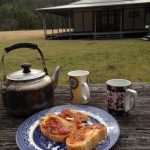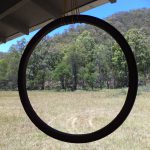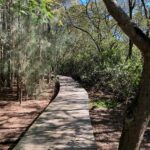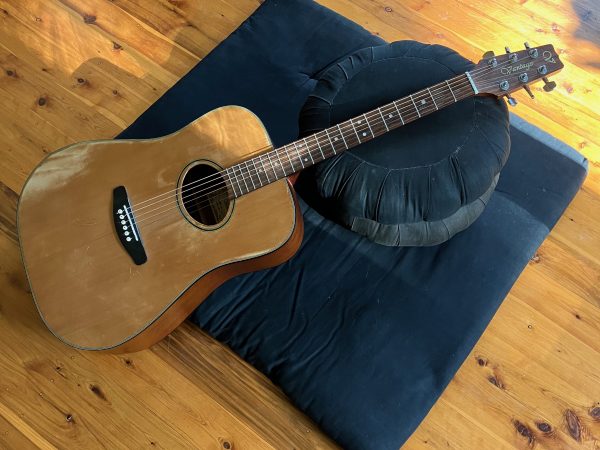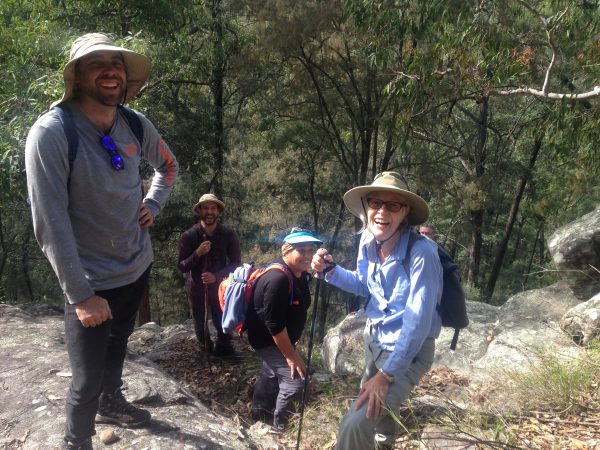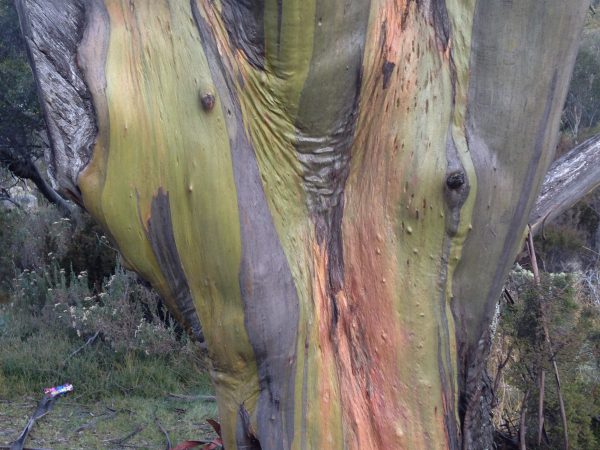Living & Dying
Paul Maloney, roshi explores the central human concern of dying from the point of view of the Buddha Dharma. Old age, sickness and death were everyday realities for people living in the time of the Historical Buddha, Shakyamuni, and they are realities for people in the third world today. But in our modern Western society, this fact that we are to die is not readily apparent. We prefer to hide it from ourselves. As a result, we tend to die rather badly without ever answering the question, “Where do I go?’
The Buddha Dharma presents an answer to this question, one that is to be found through a deep investigation of Tosotsu’s Three Barriers. These three barriers are:
First Barrier
- The purpose of going to abandoned, grassy places and doing zazen is to search for our self-nature. Now, at this moment, where is your self-nature?
Here we are given a very precise purpose as to why to do zazen, now that we have come to this grassy place: to search for our self-nature. Why should we want to do that? Well, the second of Tosotsu’s three barriers give us a reason.
Second Barrier
- When you have attained your self-nature, you can free yourself from birth and death. How would you free yourself when your eyes are going to the ground (you are about to die)?
While we are given a reason for coming here, to get free from birth and death, what does “free from” mean in this context? We are also given a challenge; how well will you die, when the time comes?
Third Barrier
- When you have freed yourself from birth and death, you will know where to go. After your body has separated into the four elements, where do you go?
While Paul leaves this third question for you to contemplate, in this talk he investigates the answer as explicated by our ancestral teachers, and our contemporaries in this modern age.

